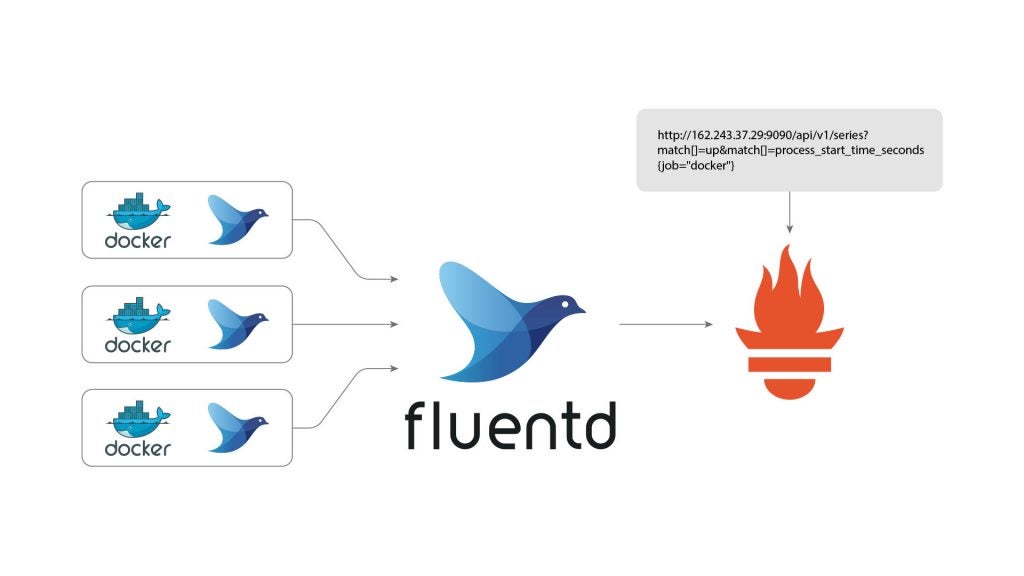

Update your main.go to register”fooCollector” when starting up.Finally, Collect simply writes your desired metric values out to the channel that is passed in (simply 1 in our case). In this post, I’ll use Kafka as an example of a Java application that you want to monitor. The exporter connects to Java’s native metric collection system, Java Management Extensions (JMX), and converts the metrics into a format that Prometheus can understand. Describe simply writes those descriptions out to the channel that is passed in. That’s the job of the Prometheus JMX Exporter. The initializer does exactly what you’d expect, returns a pointer to the collector after adding some descriptions to fooMetric and barMetric. You’ll also notice that we’re creating two metrics, fooMetric and barMetric if you look in the fooCollector struct. These seem to be the bare minimum requirements. Walking through the file above, you’ll notice that you must create an initializer, a “Describe” function, and a “Collect” function. # HELP go_gc_duration_seconds A summary of the GC invocation durations. The Prometheus Node Exporter exposes a wide variety of hardware- and kernel-related metrics.

But once you’ve deployed it, it’s mostly just making sure that you’ve got your pods configured with the proper annotations so that Promtheus picks them up automatically. We have been using the helm installation, which has been pretty straight forward.

There’s quite a few ways to deploy Prometheus on Kubernetes (which we won’t deep dive on). An absolute high level of how prometheus does its thing is necessary as well. First, know that there’s already a golang SDK for prometheus which makes the process quite nice. It’s important to learn a bit about the different pieces involved before we start stepping into the code. How Prometheus exporters work Prometheus implements the HTTP pull model to gather metrics from client components. Exporters use a simple, text-based, key-value format to scrape and expose metrics over time, via HTTP, for aggregation and decision-making. As such, this post will go through the process of exposing your own endpoint and writing metrics out to it using golang. A Prometheus exporter acts as a proxy between such an applications and the Prometheus server.
#Prometheus exporter software#
However, not all software comes with snazzy prometheus endpoints built-in. For other services, prometheus can even look for annotations on your pod definitions and begin scraping them automatically. One really nice thing about using prometheus is that Kubernetes already exposes a /metrics endpoint and it’s pretty simple to configure prometheus to scrape it. Recently I’ve been using prometheus at work to monitor and alert on the status of our Kubernetes clusters, as well as services we have running in the cluster. You’d be better served to view this post instead. #NOTE: This post is outdated and shows an incorrect way of creating exporters.


 0 kommentar(er)
0 kommentar(er)
